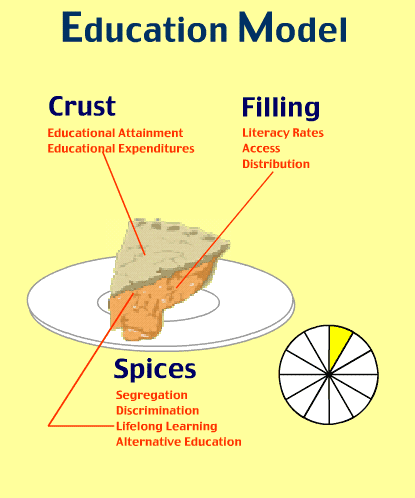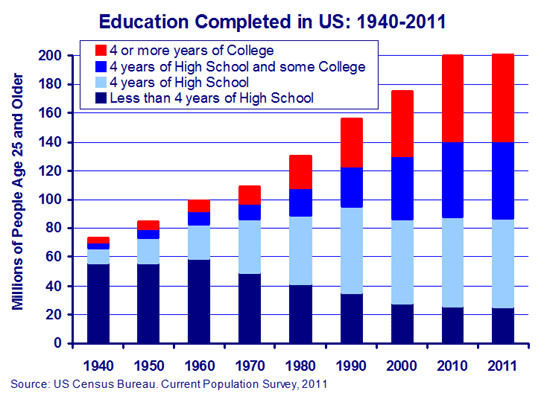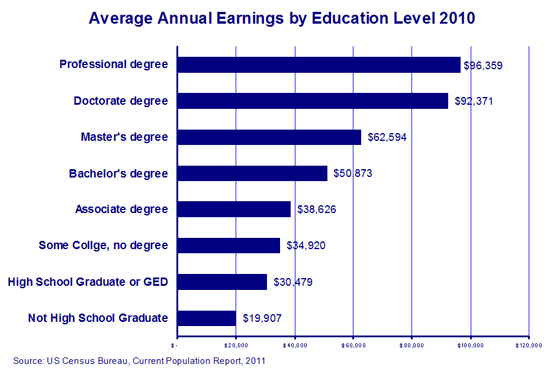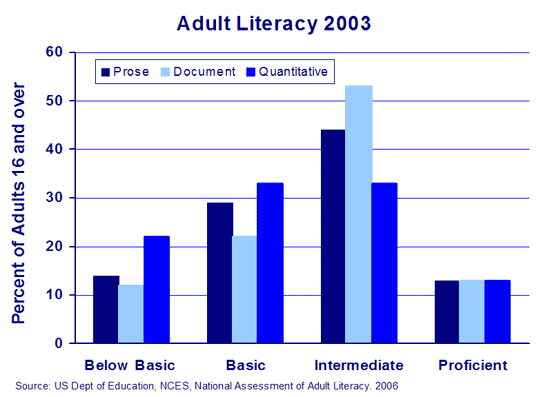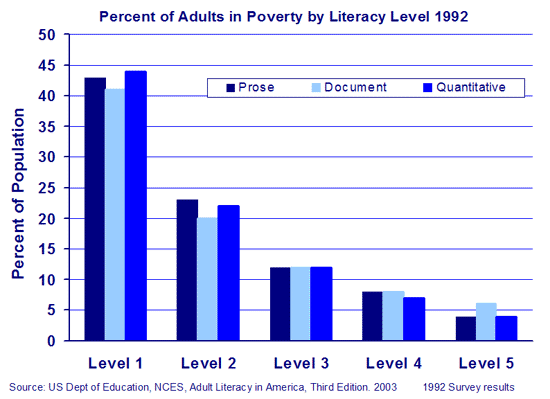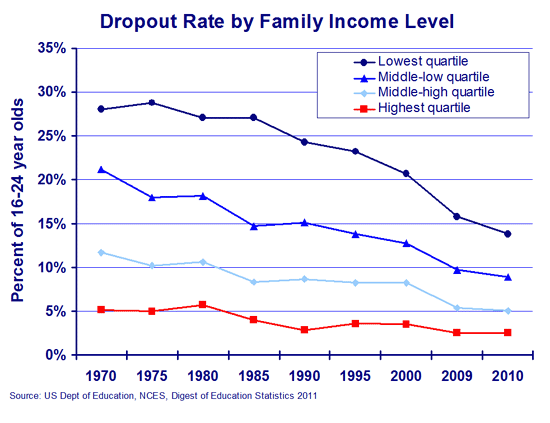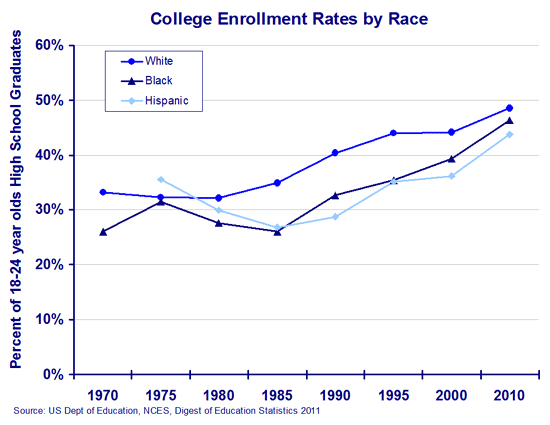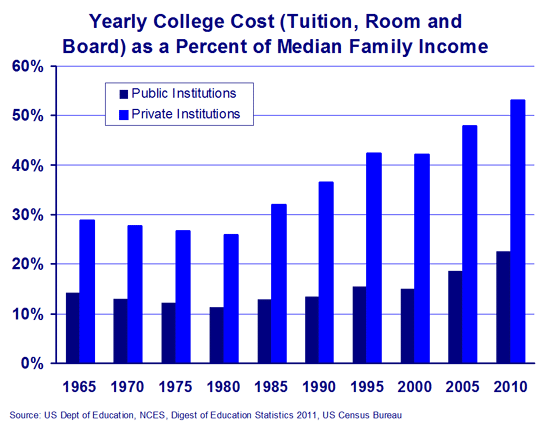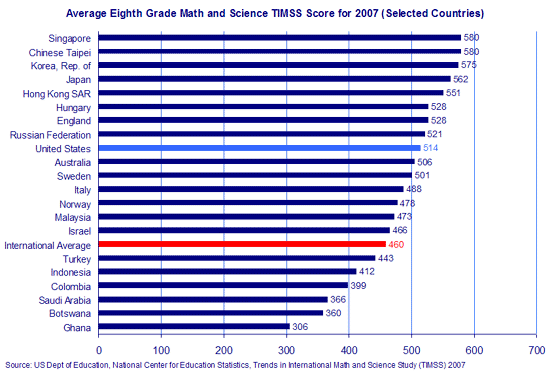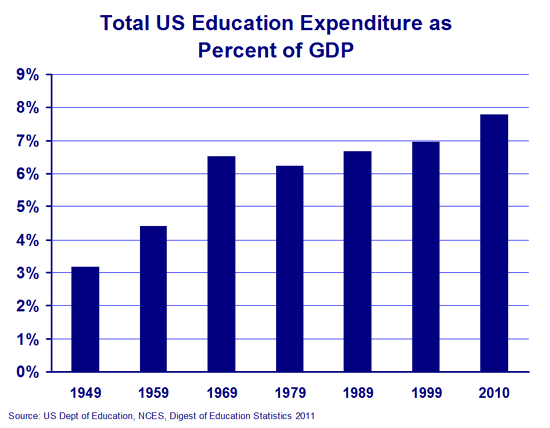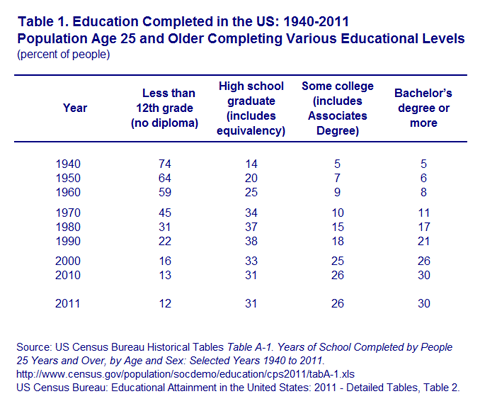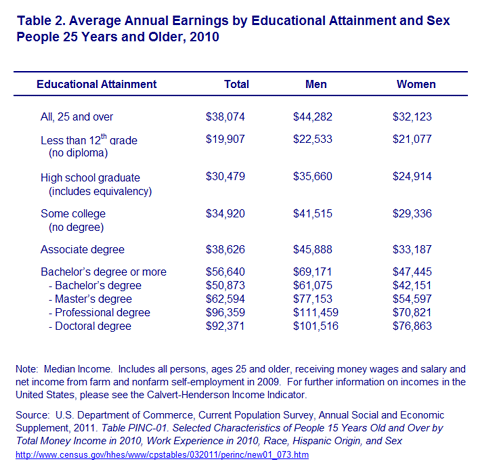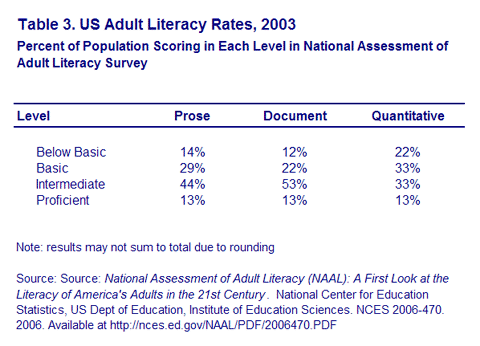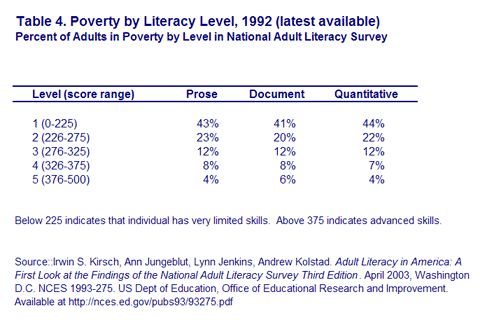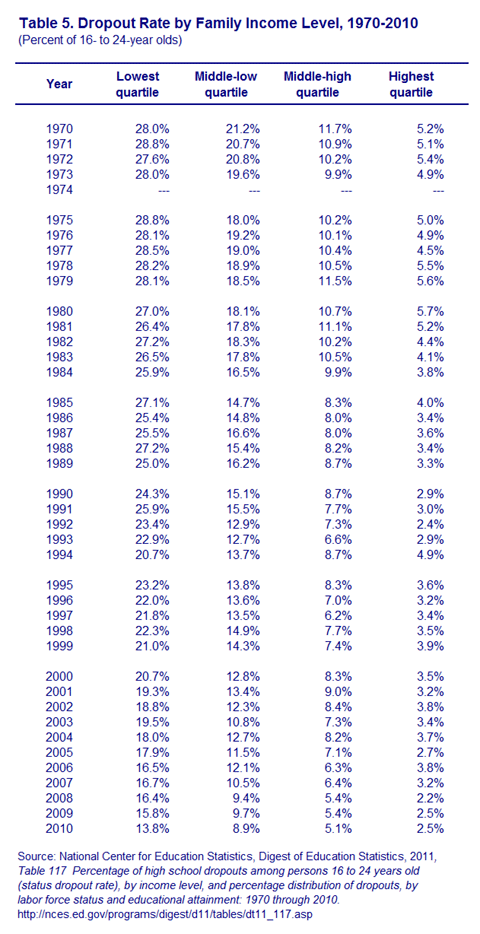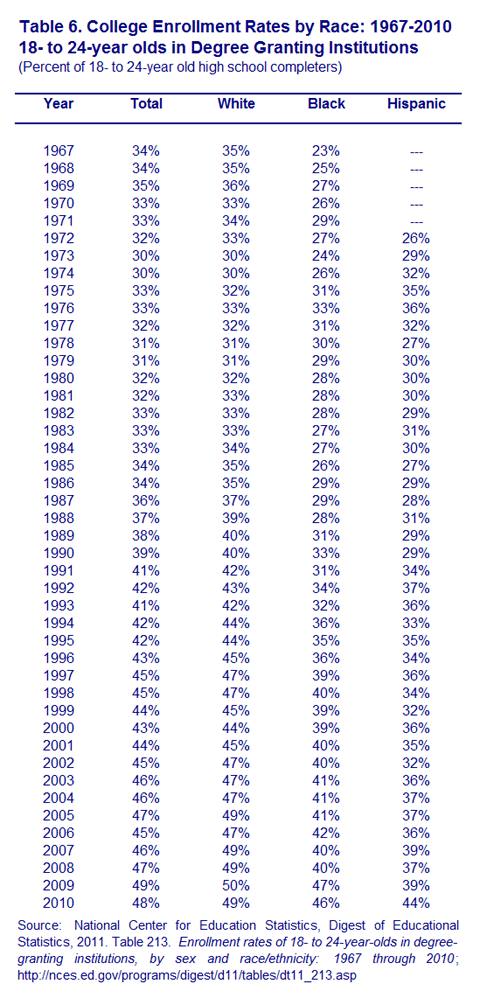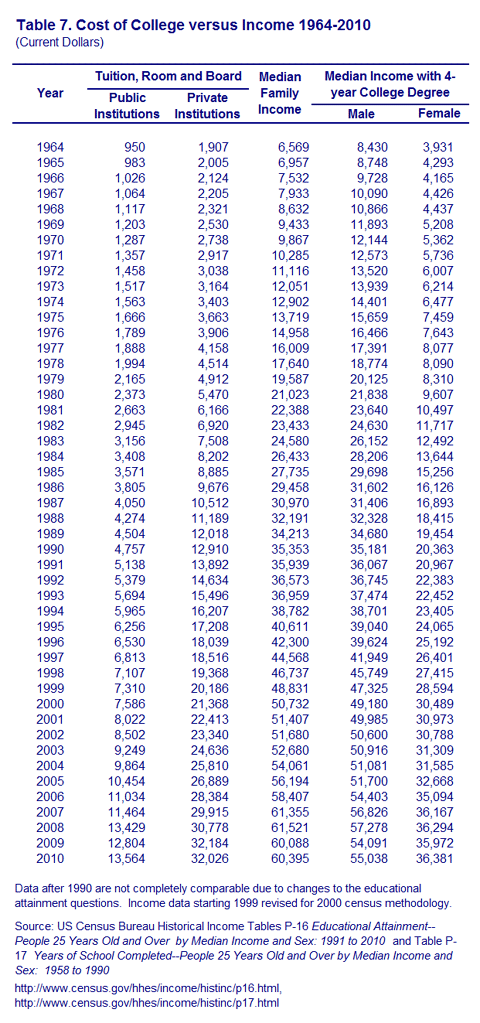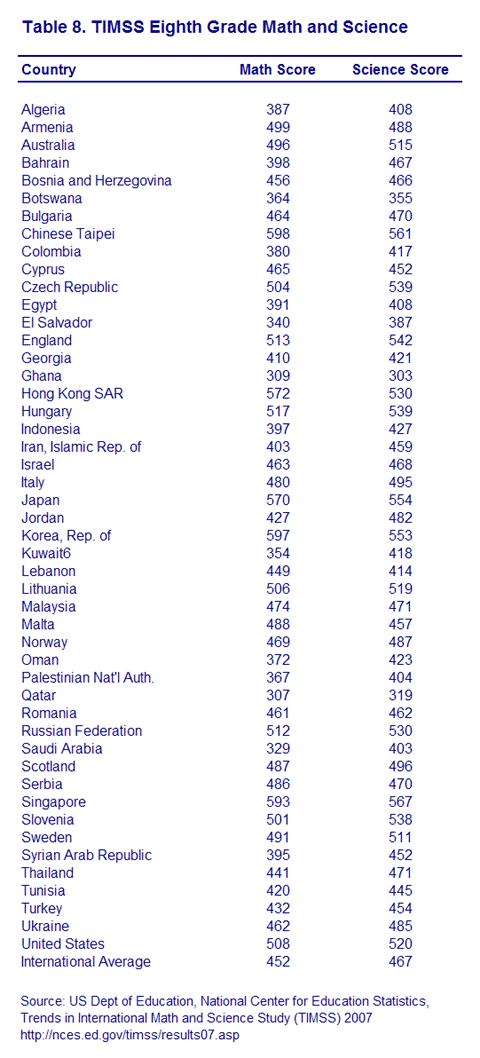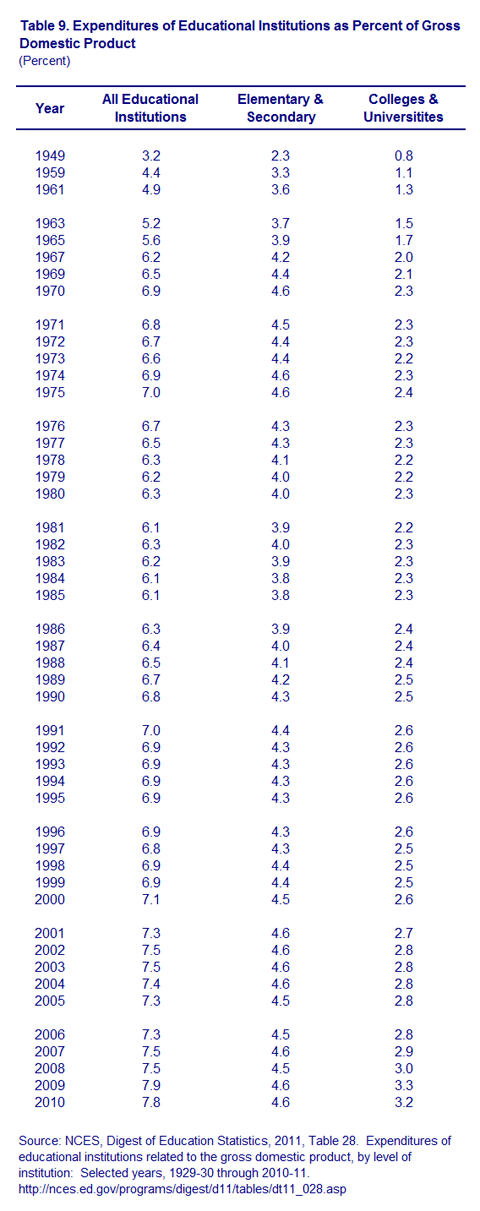
OVERVIEW
MANAGEMENT
PERFORMANCE
POSSIBILITIES
CAPITALS
ACTIVITIES
ACTORS
BURGESS
Metrics |
|
Burgess COMMENTARY |
|
In today's globalized information-based economy, knowledge is now widely recognized as a key factor of production. Politicians in many countries, including the USA, run for office on platforms that stress education. The World Bank and other multilateral institutions now agree that investments in education (particularly at preschool and K through 12 levels) are the new keys, along with investments in health, to economic development. Nothing is changing our business and academic institutions faster than the new definitions of human and intellectual capital. As many new Internet-based, e-commerce businesses know, a company cannot 'own' the part of its knowledge base that resides in the heads of its employees. This new evaluation of intellectual capital, on which all technical and social innovation is based, is still under-estimated in the US GDP. Current GDP still accounts for education costs as 'expenditures' rather than as investments in human capital. (To see Hazel Henderson's article on education, Key Investments in the Wealth of Nations go to www.hazelhenderson.com and click on 'Editorials'.) Although education is a significant foundation of our country's economic vitality, preparing individuals for the workforce is only one goal of education. Of equal importance are enabling individuals to: lead lives of dignity and purpose; construct knowledge and put it to humane ends; and participate as informed citizens in a democratic society. The Calvert-Henderson Education Indicator provides summary statistics that provide insight into whether and how well our educational systems are achieving these goals. First we look at several overall measures of the educational achievement of the US adult population and the resulting economic impact. Second we look at measures of who is being served by the existing educational system and how well. Finally we look at the investment that the US is making in our educational system and our human capital and how that compares with other countries, both in the amount being invested and the results being achieved. As can be seen in the graph below, the education level of the US population has increased dramatically in the last 60 years. In 1940, 74% of the population had less than 12 years of school, while by 2011, the percentage had reversed, with more than 88% of the adult population having completed at least 12 years of school and nearly a third of all adults having completed at least 4 years of college.
This is good news since education has the capability of greatly improving the economic quality of life for those who are able to achieve it. As the graph below shows, in 2010, the average earnings for someone with a high school degree was over 50% greater than for someone without a high school degree and the earnings of someone with a bachelor's degree was nearly 70% greater than someone with just a high school degree.
However, the 1992 National Adult Literacy Survey showed that there were still serious problems that can affect Americans' abilities to attain higher quality of life, both economically and socially. Over ten years later, the 2003 National Assessment of Adult Literacy showed that those issues still remain. Defining literacy as using printed and written information to function in society, to achieve one's goals, and to develop one's knowledge and potential, the survey looked at three different types of literacy: 1) Prose literacy - knowledge and skills needed to understand and use information from texts that include editorials, news stories, poems, and fiction; 2) Document literacy - knowledge and skills required to locate and use information contained in materials that include job applications, payroll forms, transportation schedules, maps, tables, and graphs; and 3) Quantitative literacy - knowledge and skills required to apply arithmetic operations, either alone or sequentially, using numbers embedded in printed material. Both surveys used a range of scores to categorize individuals - the 1992 survey used numerics levels 1-5 and the 2003 survey categorized individuals as Below Basic, Basic, Intermediate or Proficient - based on their ability to perform certain tasks. Of the 221 million adults in the US over age 16 in 2003, 22 percent or 48 million scored at the Below Basic level on one of the three types literacy as shown in the graph below. These results show very little change from 1992.
Analyis of the 1992 survey results further showed that individuals with Level 1 or Level 2 literacy skills were much more apt to be living in poverty than individuals with higher literacy skills as can be seen in the graph below. This analysis was not available for the results of the 2003 survey. However the 2003 survey did show that Blacks and Hispanics were disproportionately represented in the Below Basic literacy group. Although Blacks and Hispanics each comprise 12 percent of the general population, they represented 20 and 39 percent respectively of the population with Below Basic literacy skills.
The 1992 survey also showed that people with higher literacy skills were more apt to read newspapers and vote and that 70% of individuals in federal prisons performed in Levels 1 and 2. Literacy skills are obviously not only important to economic well-being but also an important component of being involved citizens of a democracy. These figures indicate that education is significant factor in economic and social quality of life. However, there are still significant disparities in who benefits from the US educational system. In 2010, students in families in the lowest income quartile were over five times more likely to drop out of high school without graduating than students in families in the highest quartile.
In addition, although there has been improvement over the last 25 years, there are still disparities in enrollment in college for those who do graduate from high school. In 2010, 49% of all whites between the ages of 18 and 24 who graduated from high school enrolled in college while the enrollment rate for graduating blacks and Hispanics was 46% and 44% respectively as shown in the figure below.
Although there are many factors affecting the rate of college enrollment, the rising cost of a college education has made it more difficult for people to attend. In particular, private colleges' and universities' costs have risen dramatically compared to families' ability to pay. As shown in the figure below, while the cost of tuition, room and board at public schools as a percent of median family income has increased from 14% in 1965 to 22% in 2010, the cost of private college education has increased from 29% to 53% of median family income.
The Trends in Math and Science Study (TIMSS), which tested students from many different countries, is one way to measure the effectiveness of the US educational system. As the figure below shows, in the 2007 edition of TIMSS, U.S. eighth grade students scored above the international average, although lower than students in a number of countries such as Japan, England and Singapore. (See Table 8 below for more details.) Due to variations in the educational systems in the different countries, including who is tested and who has access to education to begin with, the TIMSS results may not provide a completely accurate measure of the differences between countries. However, as a measure of progress within the US itself, TIMSS 2007 shows that the U.S. scores improved over U.S. scores in 1995 and 1999 and are effectively unchanged from 2003.
Another measure of the U.S. educational system is the amount of resources allocated to education at various levels. As the figure below shows, expenditures of educational institutions in the U.S. as a percent of the Gross Domestic Product more than doubled between 1949 and 1969. Since then the expenditures have increased by almost 21 percent. Most of this increase was in post-secondary expenditures. While the number of children (under 18 years of age) in the U.S. increased by 7 % from 1970 to 2010, expenditures of primary and secondary education institutions as a percent of GDP increased by about 5% during that time period.
The data tables below provide more detailed information about these indicators. Education Expert: Dee Dickinson Table 1. Education Completed in the US
Table 2. Average Annual Earnings by Education and Sex
Table 3. US Adult Literacy Rates
Table 4. Poverty by Literacy Level
Table 5. Dropout Rate by Family Income Level, 1970-2010
Table 6. College Enrollment Rates, 1967-2010
Table 7. Cost of College versus Income, 1964-2010
Table 8. Country Comparisions on Eighth Grade Math and Science Scores 2003.
Table 9. Educational Expenditures as Percent of Gross Domestic Product 1949-2010
Sources: Kirsch, Irwin S., Ann Jungeblut, Lynn Jenkins, Andrew Kolstad. Adult Literacy in America: A First Look at the Findings of the National Adult Literacy Survey Third Edition. April 2003, Washington D.C. NCES 1993-275. US Dept of Education, Haigler, Karl O., Caroline Harlow, Patricia O'Connor, and Anne Campbell. Literacy Behind Prison Walls: Profiles of the Prison Population from the National Adult Literacy Survey, (National Center for Education Statistics, 1994). |
|
|
| The text being discussed is available at http://www.calvert-henderson.com/edu.htm |
